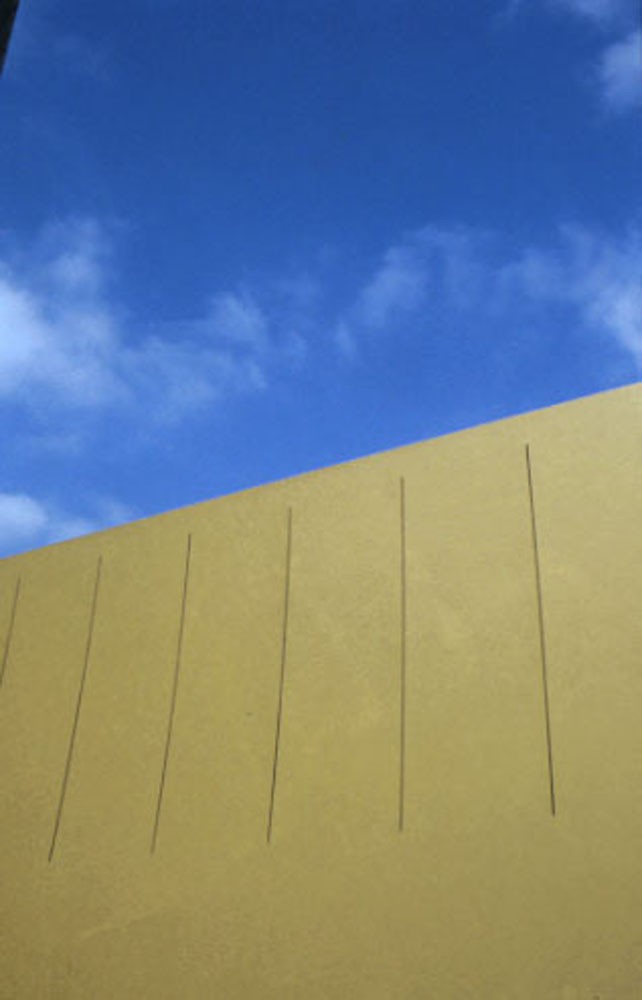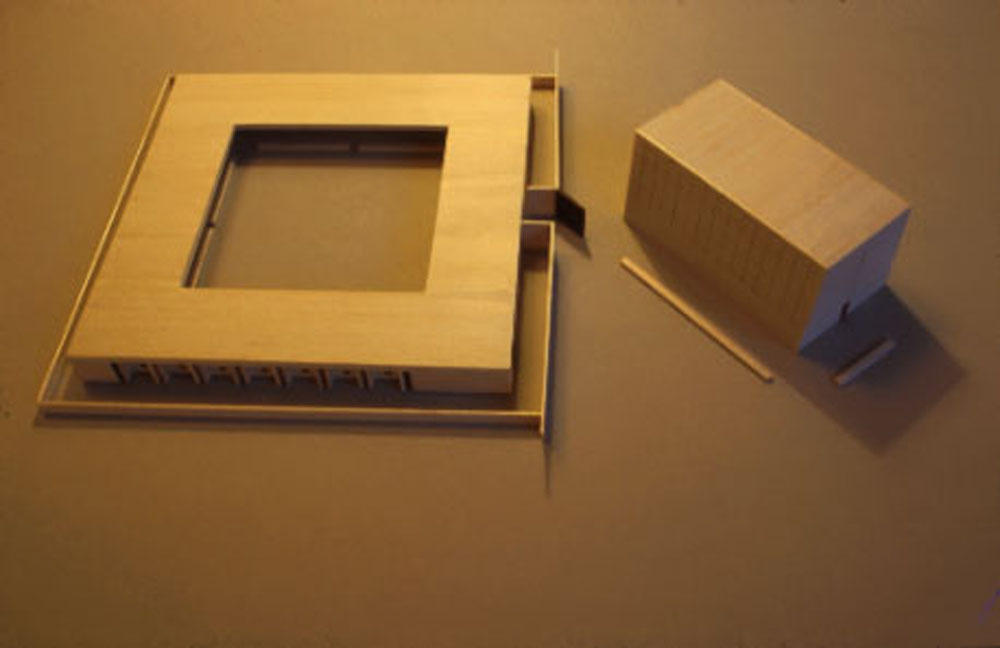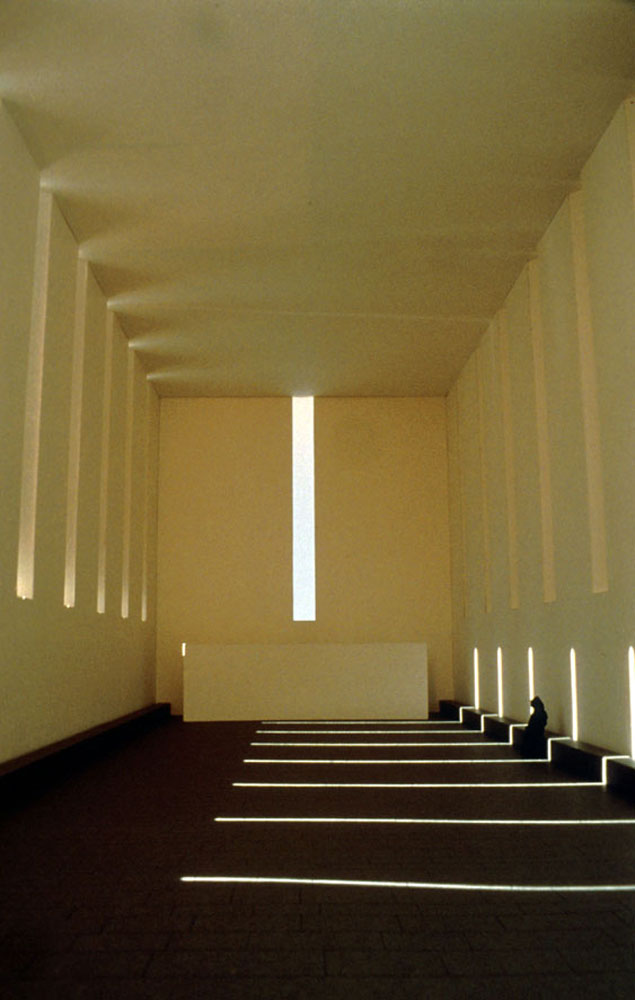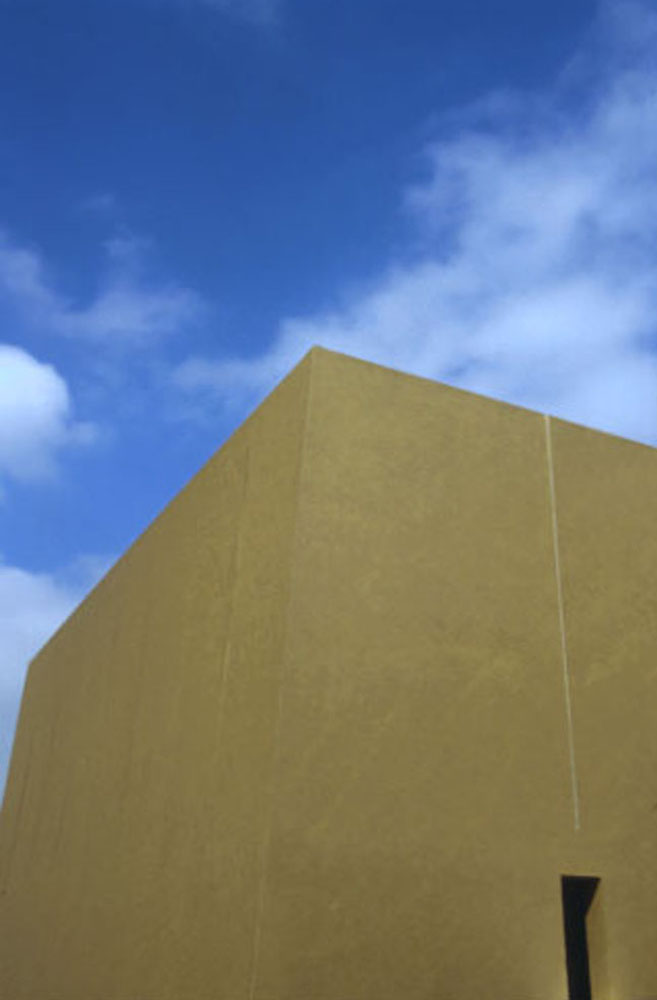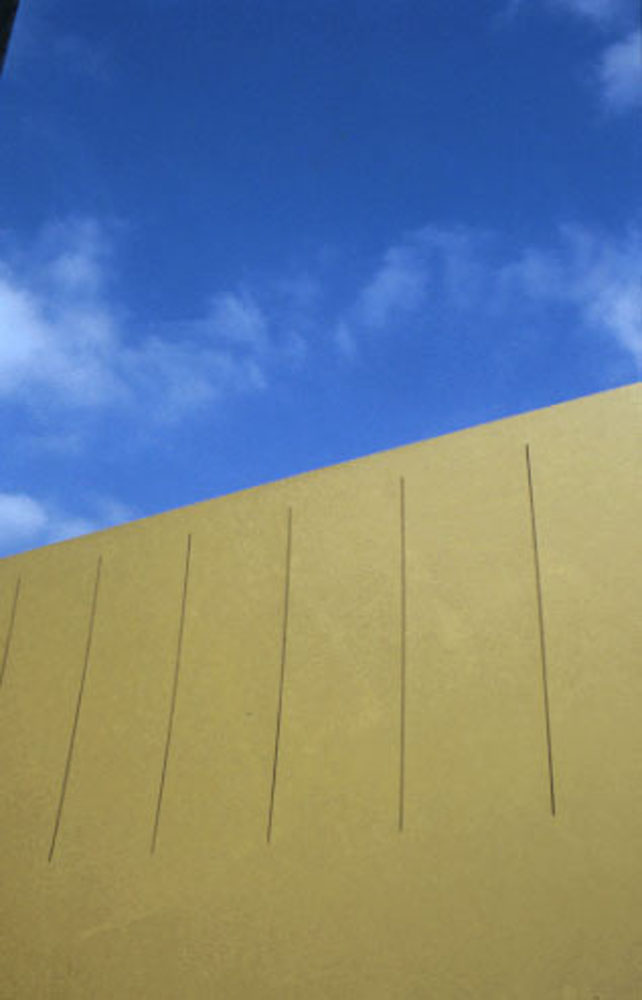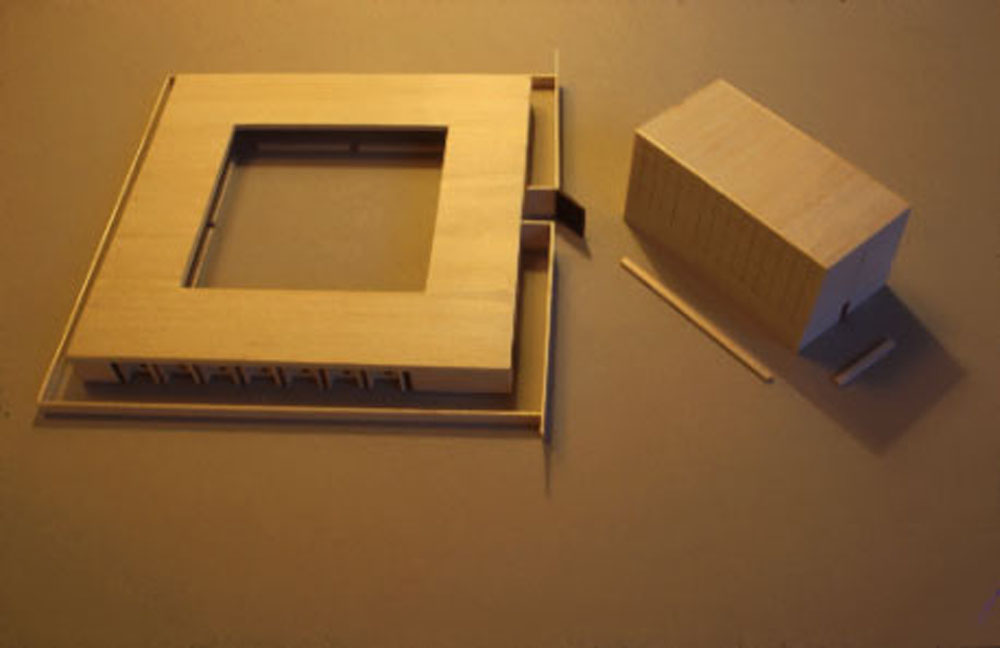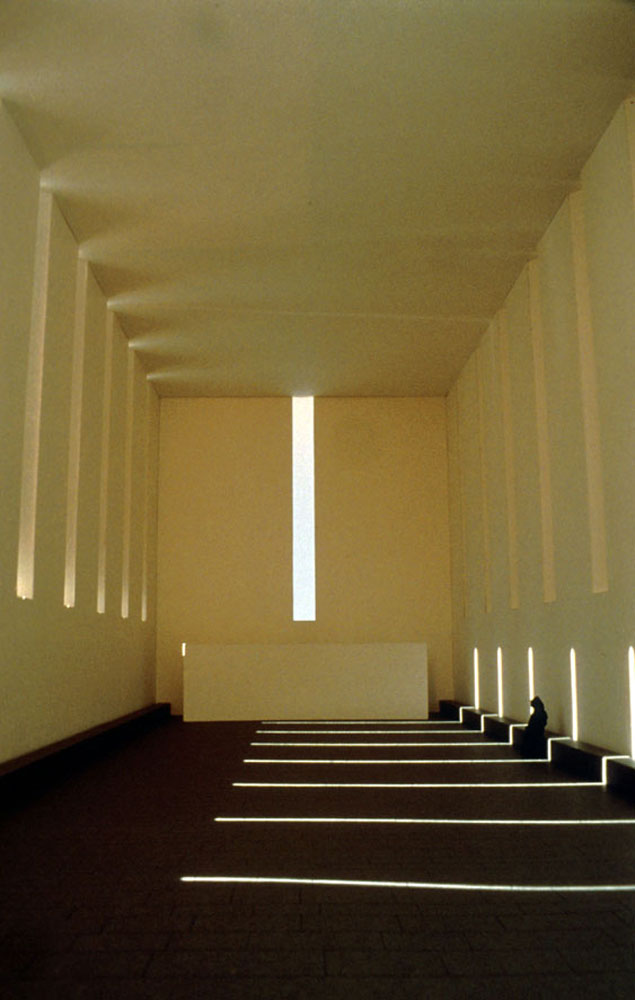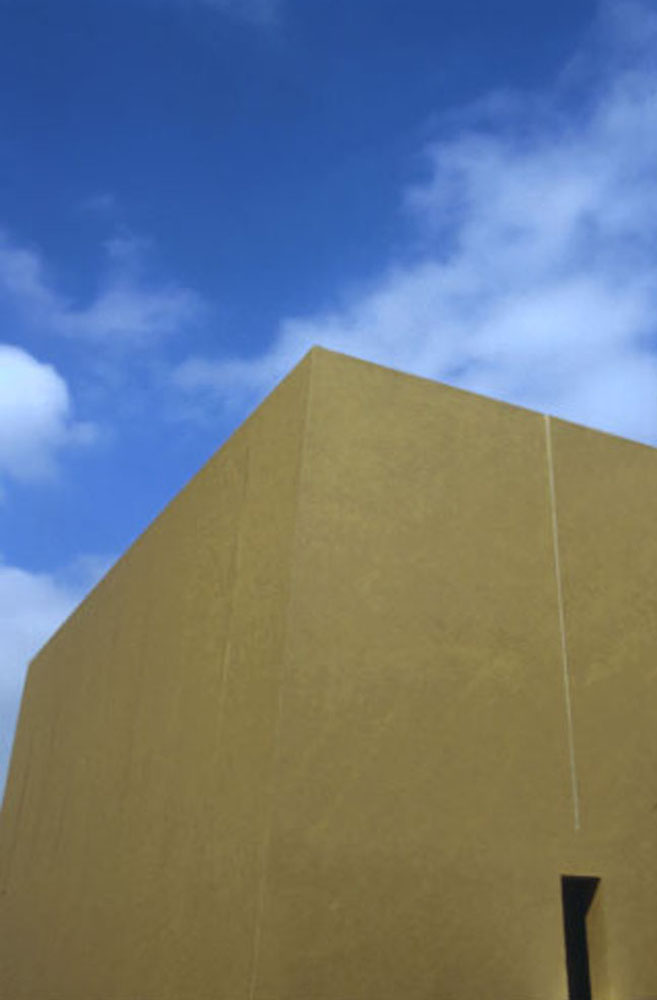Open Cloister
Hombroich, Düsseldorf, 1995
In 1994 Germany’s most significant private museum, the Island Hombroich – Art Parallel to Nature – acquired an ex-NATO rocket launching area.
With the restoration of the existing buildings complete, a number of innovative projects by architects Raimund Abraham, Tadao Ando, Claudio Silvestrin and Alvaro Siza were commissioned.
Claudio Silvestrin’s project for a multi-functional centre, 9300m², echoes his deep admiration for the architecture of the Cistercians. Set at a diagonal to his rectangular venue hall, the cloister-like building includes a courtyard, where twenty-one cells will offer sleeping facilities for visitors participating in artistic, philosophical, religious or scientific seminars.
Open Cloister
Hombroich, Düsseldorf, 1995
In 1994 Germany’s most significant private museum, the Island Hombroich – Art Parallel to Nature – acquired an ex-NATO rocket launching area.
With the restoration of the existing buildings complete, a number of innovative projects by architects Raimund Abraham, Tadao Ando, Claudio Silvestrin and Alvaro Siza were commissioned.
Claudio Silvestrin’s project for a multi-functional centre, 9300m², echoes his deep admiration for the architecture of the Cistercians. Set at a diagonal to his rectangular venue hall, the cloister-like building includes a courtyard, where twenty-one cells will offer sleeping facilities for visitors participating in artistic, philosophical, religious or scientific seminars.
Open Cloister
Hombroich, Düsseldorf, 1995
In 1994 Germany’s most significant private museum, the Island Hombroich – Art Parallel to Nature – acquired an ex-NATO rocket launching area.
With the restoration of the existing buildings complete, a number of innovative projects by architects Raimund Abraham, Tadao Ando, Claudio Silvestrin and Alvaro Siza were commissioned.
Claudio Silvestrin’s project for a multi-functional centre, 9300m², echoes his deep admiration for the architecture of the Cistercians. Set at a diagonal to his rectangular venue hall, the cloister-like building includes a courtyard, where twenty-one cells will offer sleeping facilities for visitors participating in artistic, philosophical, religious or scientific seminars.
